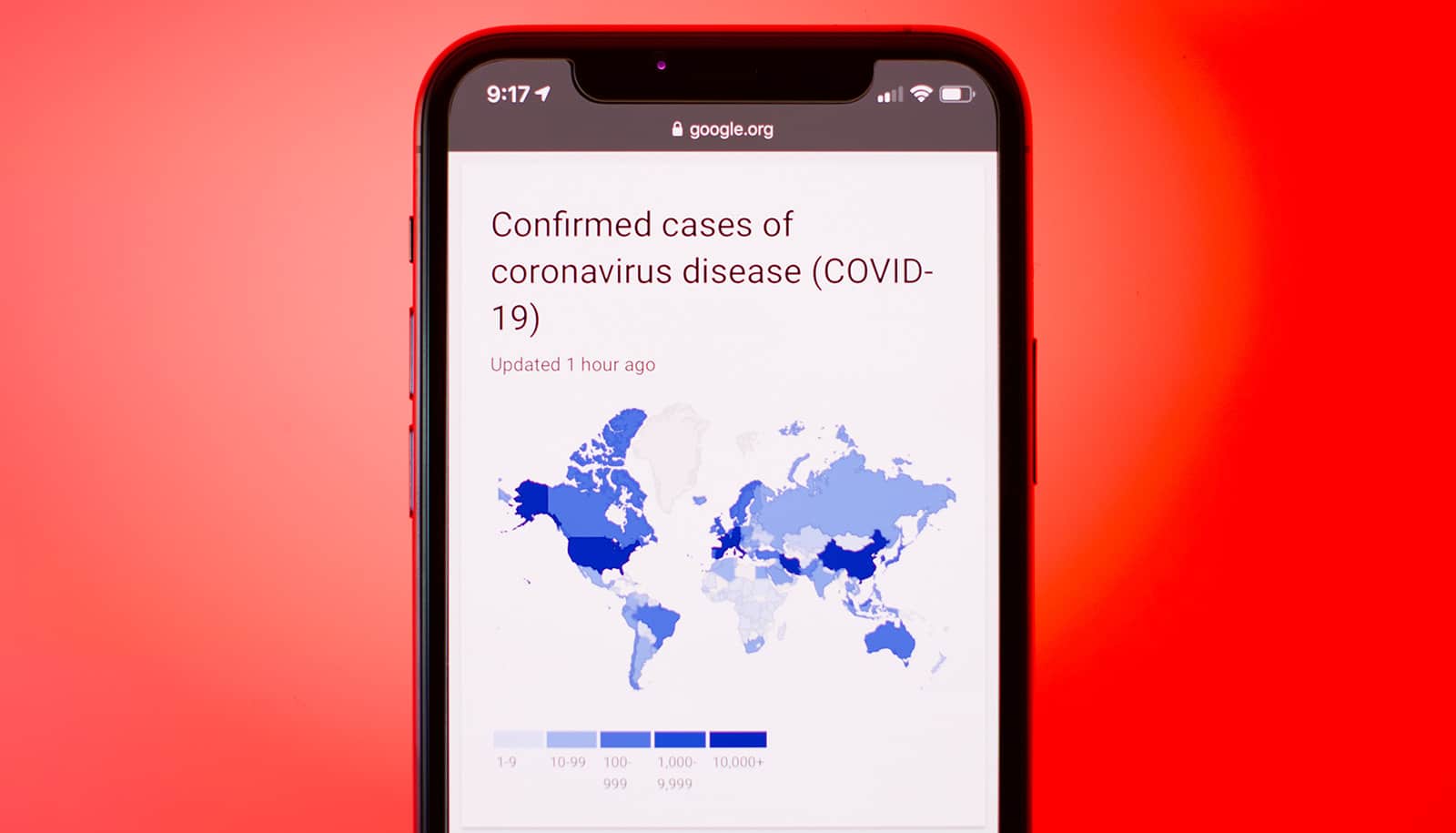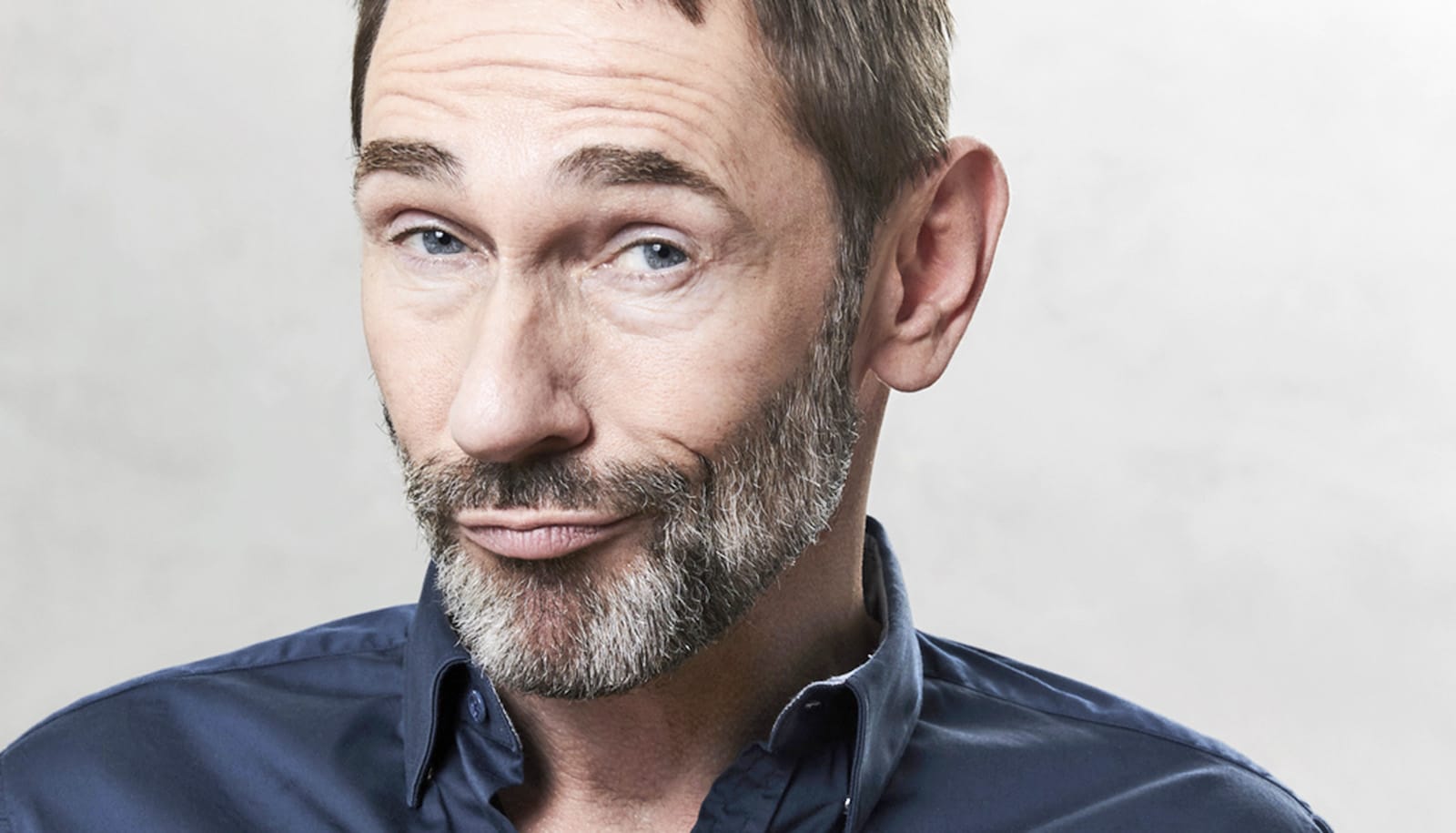The CDC should undergo four vital reforms, write Sandro Galea, dean of Boston University’s School of Public Health and Georgetown University’s Lawrence O. Gostin:
On August 17, the Centers for Disease Control and Prevention (CDC) Director Rochelle Walensky acknowledged the CDC’s flawed response to the COVID-19 pandemic and announced an agency-wide restructuring.
We applaud Walensky for the courage to reexamine and overhaul the agency’s structure and organizational culture. While we recognize it is far easier to critique complex organizations from the outside, and far more difficult for those charged with articulating and implementing agency mission, we offer four reforms we see as vital to the CDC’s renewal as the nation’s premier public health agency.
The nation’s public health system has been in decline for decades, with funding for the core functions decreasing over several presidential administrations, and with professional staff feeling exhausted and undervalued during the COVID-19 pandemic. An underfunded, fragmented public health system, with often clashing federal, state, and territorial jurisdictions had already shown signs of fragility, and was barely able to contain Ebola in 2014 when travel-related cases arrived from West Africa.
When faced with COVID-19, the greatest public health crisis of our lifetimes, the United States was one of the world’s worst performers. From faulty COVID-19 test kits early in the pandemic and weak data systems throughout, to confusing health messages, the CDC could not meet the moment of an unprecedented health crisis. And the agency repeated many of the same failures during the ongoing monkeypox response. The nation needs a high-level, 9/11-type commission to learn the lessons of COVID-19. But for now, we offer a perspective on what the agency’s precise failings have been and how it can lead directly to solutions in four crucial areas.
1. Professional health communication and inclusive engagement
Clear and authoritative health communication is perhaps the most important responsibility of public health, particularly so during emergencies. And yet, the nation’s, and arguably the world’s, premier public health agency stumbled time and again on communicating useful and timely information—ranging from airborne transmission, masks, and isolation to business and school closures. Poor communication has also been a feature in the monkeypox response, especially for LGBTQIA+ communities at greatest risk. The CDC has an organizational culture and capabilities that have prioritized expertise in peer-reviewed research over health education. And the agency has been unable to get its messages heard and believed in an age of social media, when ideas disseminate rapidly in distilled form, quickly overwhelming complex messages buried many web pages deep.
How does the agency address this challenge? Clearly, the CDC needs to have in-house experienced communication experts who are actually in charge of communication. In addition to such expertise, the agency needs structural streamlining to ensure that the director, or her designate, can speak quickly and effectively on rapidly evolving threats and that the agency’s full suite of communication materials align promptly with that messaging. Ensuring effective health communication also requires ongoing active and inclusive engagement with at-risk communities. Meaningful engagement also requires the agency to invest in staff who build relationships that can facilitate communication long before a crisis occasions the need for rapid communication.
2. Strong leadership in the face of jurisdictional challenges
One of the sentinel challenges the national public health response faced during COVID-19 was fragmentation of the US public health system. While the CDC is the nation’s public health agency, states, tribes, and territories have their own health departments and jurisdictional responsibilities. Our constitutional design places primacy in state, tribal, and local public health agencies. The CDC cannot engage in many jurisdictions unless it is explicitly invited to do so. It cannot force state agencies to share data. This led to the proliferation of different approaches to COVID-19 across the country, which played an enormous role in sowing confusion and mistrust.
We recognize that this problem extends well beyond the CDC, but only the CDC has the moral and normative authority to build the partnerships that can avoid chaotic and disparate responses across the country when faced with future health emergencies. Fundamentally, the country would be well served, particularly early during a crisis, by a federal agency that speaks clearly and for the whole country, with partners throughout the country aligning their messages and actions with those of the CDC. Even if there were differences in intrastate approaches, such differences can well be explained within broader coherent frameworks that simply were not the case during COVID-19. To achieve greater national coherence will require substantial efforts to build partnerships and systems of coordination and communication well before the next crisis hits. It also calls for substantial federal investment in CDC personnel tasked with creating the necessary coalitions and activating them when needed.
3. Modern data systems
A corollary of the fragmented public health system across the country is the fragmentation of data across the nation. Time and again, the CDC has not been able to provide timely and authoritative policy recommendations based on sound data. Consequently, streamlined and modernized data systems throughout the agency and across all of the country’s health agencies must be a sentinel priority. Even more challenging will be the need to integrate data from clinical settings through claims databases and electronic health record systems. While the CDC cannot compel states to share data, it can incentivize states to report data and marshal cooperation across other federal agencies, including Medicaid, Medicare, and the Veterans Administration. In addition to having comprehensive data and modern data systems, the agency needs to ensure it has the expertise to use these data optimally. Public health agencies broadly, and the CDC in particular, are lagging behind private sector actors with ready access to approaches, such as artificial intelligence to find patterns in data. Several public sector agencies like the Department of Defense are investing heavily in these approaches and the CDC should do likewise. This will require considerable investments in modern data systems and a new data-first approach to CDC functions going forward.
4. A renewed workforce
The CDC has long prided itself on having the best public health workforce in the world. We have deep admiration for CDC staff who have worked tirelessly throughout the COVID-19 pandemic, facing harsh (and often unfounded) criticism in the public sphere. The excellence of CDC staff can be celebrated, while also recognizing that the world’s public health needs are changing faster than our workforce’s ability to deal with these challenges, especially fast-moving novel pathogens.
This is a moment for an honest appraisal of the skill sets currently within the CDC, the skill sets needed to complement and expand them, and how to create a pipeline of future CDC staff who are poised to stay ahead of public health threats. There is a broad range of expertise that appears to be weak or missing at the CDC, including mathematical modeling, systems and data science, high-end laboratory methods, and “omics” capabilities (the capacity for rapid characterization of a range of biological molecules to better understand organisms). Had the CDC possessed this in-house expertise, it would have performed considerably better, for example, in developing a rapid COVID-19 test, identifying SARS-CoV-2 variants, and making more accurate infectious disease projections.
The agency’s failure to be first and most authoritative in all of these areas deeply shaped CDC functioning, as well as the public’s perception of the agency, during COVID-19. This will require an honest wholesale assessment of what public health staffing of the future looks like and the implementation of a plan to get there. This will not be easy, particularly due to low staff morale and a long-standing culture of doing things a certain way. The culture of remote work, wherein most CDC staff are not in Atlanta, Georgia, [home of the CDC’s headquarters], has contributed to the CDC’s challenges. Changing organizational culture will not be easy or popular, but it is badly needed to make the CDC fit for purpose in the 21st century.
Walensky’s overhaul of the CDC is a defining moment for the agency’s future. We would encourage a reform process that is transparent and evidence-based, focusing on maximal public health impact. The reform process, therefore, must start with a clear articulation of what is to be fixed and what the goals of a revitalized agency should be. But the CDC’s renewal cannot take place in Atlanta alone. It will require a whole-of-government approach, as well as a nation that wants the agency to succeed and will do what it takes to help it do so. If the COVID-19 pandemic taught us nothing else, it should be that our collective well-being and security are intimately connected to a highly professional national public health agency. The CDC has always been the world’s envy. There is a reason that, from China to Africa and Europe, national or regional agencies take their name from the US CDC. We have a shared responsibility now to reimagine the CDC to make it once again the world’s premier public health agency.
(A version of this article was originally published in the Milbank Quarterly on August 23.)
Source: Boston University



